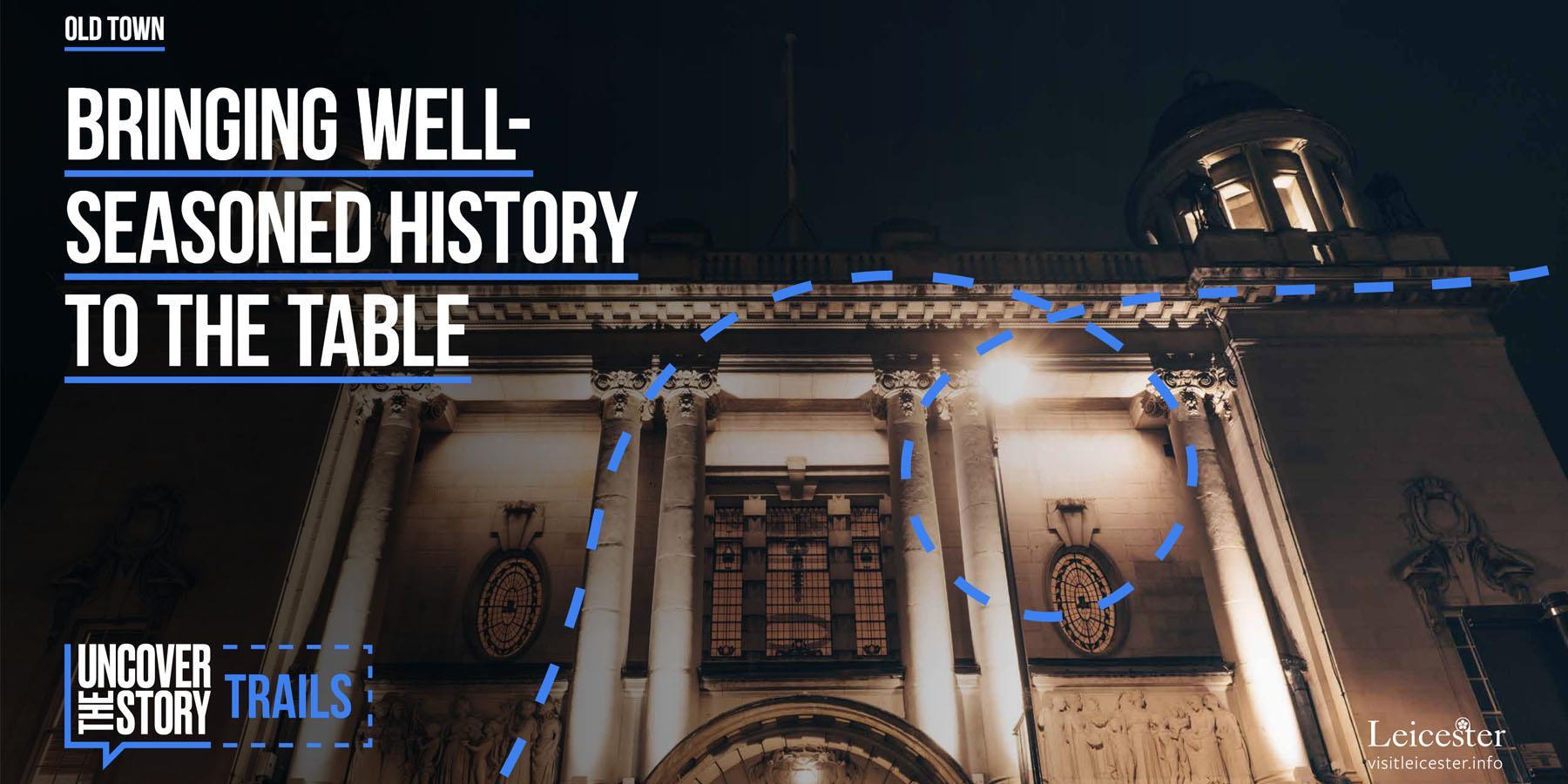The Gadabout -
This 17th Century building, originally called the Queens Head,
has had several changes of ownership over the years. Around
1883 the owners Bates & Bishell Brewery changed the name to
the Opera Hotel. The Opera Hotel closed in 1913.
The building was used for commercial dealing until late
1990s when it was restored and opened as the Opera House
Restaurant in 1999 gaining a reputation as one of the best
in the East Midlands The Opera House closed in 2007 and
a champagne bar, Espernay, opened but closed shortly
afterwards. Taps opened in 2008 and was so named as
there was a beer pump on each table and customers helped
themselves, settling the bill at the end of the evening. In 2018
The Gadabout cocktail bar opened and offers ‘drinks from
every corner of the globe.’
The Globe -
The Globe has been synonymous with serving fine ales and
food since 1720, where quality ales were brewed using spring
water drawn from its own well beneath the pub, which still
exists today.
Prior to becoming a public house, the Globe had several
interesting uses including a cattle merchants and
accommodation for women awaiting impending execution at
the hands of the noose man in nearby Gallowtree Gate. This
may go some way to explaining the reported hauntings within
the premises!
Free Grammar School -
The Old (Free) Grammar School is a Grade II listed building
built originally in 1573 using stone, timber and lead from St
Peter’s church that had been demolished following an appeal
to Queen Elizabeth I. The royal coat of arms is displayed over
the entrance. The school was founded by Thomas Wigston
using money from his brother William’s estate. Today, it is one
of the oldest school buildings in England.
In later years the building was a carpet warehouse and a
booking office for Barton Transport of Nottingham. In 2009
1573 Bar & Grill opened and prides itself on creating menus
using only the best fresh seasonal produce.
Cosy Club -
The building has been used since the 1800s. Cosy Club is
housed in the former Veejay Knitwear factory which produced
all sorts of vestments from boots, shoes, hats, clothes, hosiery
products and more.
The restoration and transformation of the original factory into
a modern bar and restaurant was done carefully to ensure the
original industrial feel of the building was retained. The interior
features brightly coloured cotton and spinning wheels in the bar
and some original textile pieces from Leicester on the walls.
It has a strong sense of the original feel with ceiling high
windows, authentic factory lighting, bare steel riveted girders
and original stone walls. This, combined with the quirky and
eccentric Cosy Club stamp and a secret garden, makes it a
must visit.
Wygston’s House -
Wygston’s House is the oldest house in Leicester. It has
been here since medieval times and the road it stood on,
High Street, was the widest and busiest thoroughfare in the
town. The house comprises a timber hall of around 1490; a
brick block of 1796 which replaced an earlier timber shop and
chamber; and a Victorian (1800s) wing standing on the site of
the medieval kitchen.
After being restored in 1974 it housed a Museum of Costumes
tracing the history of Leicester’s role in knitting and shoe
manufacture.
In 2017 it opened as a bar and restaurant serving real ales,
draught beers, and high-end cuisine. There is a garden and
outdoor seating space on Jubilee Square.
Sonrisa -
The Leicester Savings Bank building is a Grade II listed building
designed by Edward Burgess in 1874. The building fell into
decline because of the 2008 recession and was identified
as a priority project for the Greyfriars Townscape Heritage
Initiative grant scheme. Work carried out included re-glazing
and restoring the building’s striking lantern-style roof light and
the installation of a new mezzanine floor. Key architectural
features including work to the windows and decorative
stonework were restored.
The building is now home to Sonrisa a modern Latin American
restaurant café-bar serving dishes inspired by Buenos Aires.
“Where the soul of Buenos Aires meets the heart of Leicester”.
Pares’ Bank -
The present building is often said to be the most elegant bank
in Leicester. It was designed by J B Everard & S Perkins Pick for
Pares’ Bank in 1901 but became Parr’s Bank in 1902 following
a takeover. It eventually became a branch of National
Westminster Bank until is closure in the 1990s.
Today Pares Bank is home to Middleton’s Steakhouse & Grill
serving a delicious mix of prime cuts of meat, grills, burgers,
fresh fish and mouth-watering desserts. It is located on St
Martins in the heart of the Old Town.
The City Rooms -
The elegant Georgian building, completed in 1800, was
originally intended to be Leicester’s first hotel, which is how
Hotel Street got its name. It was then opened as the Assembly
Rooms designed by local architect, John Johnson.
In 1817 the building was sold to the county Justices of the
Peace for use as Judges’ Lodging during the Court Assizes.
The ownership passed to the new Leicestershire County
Council and in 1986 transferred to the City Council.
In 2006, following a two year restoration project by a private
developer, the Grade I City Rooms reopened as a wedding
venue, banqueting hall and boutique hotel.

